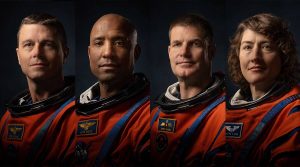• moon phases
• moon facts
• moon pictures
• moon landing
• moon jellyfish
• moon facts for kids
• moon diagrams
• moon and earth
• moon phases for kids
• moon phase
Not Finding Your Answer?
Post It On KidzTalk Homework Help
Post It On KidzTalk Homework Help
Report a search problem
mobile version
Copyright 2005-2025 KidzSearch.com







